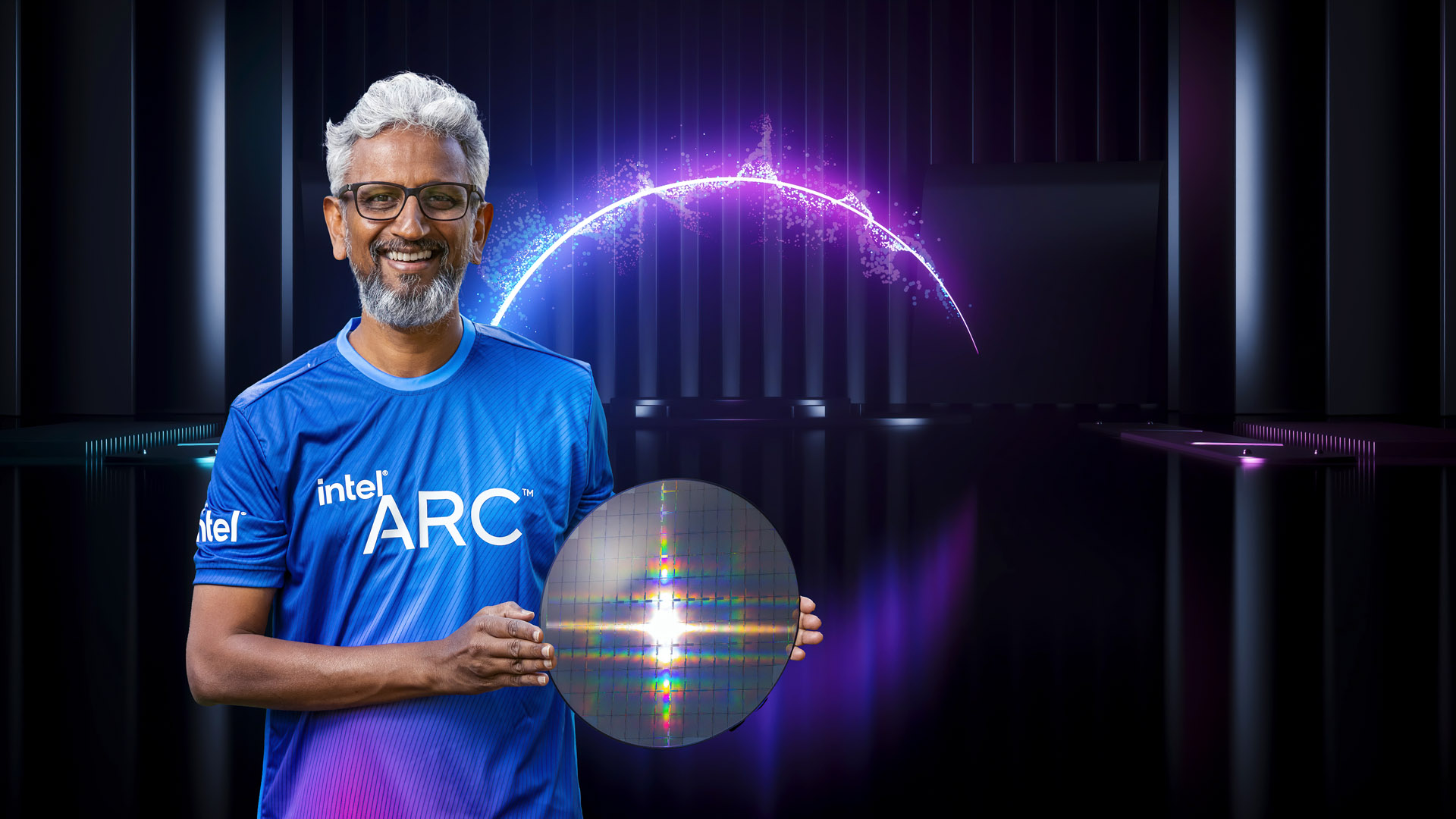Virtually all of last year, there have been two types of reports: (1) Intel Xe (now ARC) will achieve GeForce RTX 3070 Ti performance and (2) Intel Xe will achieve GeForce RTX 3060 Ti performance. To give you a better idea: the GeForce RTX 3070 Ti is about 20% more powerful than the GeForce RTX 3060 Ti.
The sources of both pieces of information were probably right. However, point 2 will be more decisive for players. This is because, according to new reports, the performance of the GeForce RTX 3070 Ti is achieved, but only in synthetic tests and benchmarks. In real games, ARC offers performance around the GeForce RTX 3060 Ti.
Basically, it’s no surprise. Intel’s graphics architecture (available in an integrated form on processors) has been performing well in synthetic tests for many years, but it’s no longer so good in games. We can mention mobile processors Ice Lake a Tiger Lakewhere the leaks of synthetic tests showed a performance position above the level of current APUs from AMD, but in real gaming load they gave on average significantly weaker results, unbalanced between individual games and stability problems were also reported.
The standalone Intel ARC now appears to be in a similar position. In some games, the performance of the GeForce RTX 3060 Ti or even a little better, but in others the situation is catastrophic – performance or stability. Interestingly, the problems are mainly related to DirectX 11, while in DirectX 12 and Vulkan the situation is better. This indicates that the problem will not be with the hardware, but with the drivers. And it doesn’t have to be Intel’s fault. Recall:
If you don’t want to read the whole article, I’ll highlight the most important:
|
„Almost every game is released broken. We are talking about important AAA titles from manufacturers who are among the most famous in the industry. Sometimes we also deal with invading API violations – One D3D9 game didn’t even bother calling BeginFrame / EndFrame. There are a lot of bugs or omissions – one title was released with bad shaders, which severely reduced the performance of our drivers. Such issues are on the bug-tracker’s daily schedule. Then someone looks at it, finds out what’s wrong with the game, and creates a patch for the driver to deal with. There are already a long list of optional patches in the driver that we simply turn on or off for individual games – and then there are hacks of a more specific nature – until the original shaders are completely replaced by a version prepared by our software team. Have you ever wondered why the release of every major game is accompanied by new drivers from AMD and Nvidia? So here you have it… You can’t even imagine how many mistakes there are until you have the opportunity to see them in person. “ There was also a mention of that the driver contains a kind of adaptive layer that tries to find and analyze some types of errors in the code and automatically bridge them, because their individual solution within individual patches would no longer be in human power. The whole discussion post creates a pretty good idea why another manufacturer of graphics chips cannot enter the world of PC games and why the comeback of brands such as S3, SiS (resp. XGI) and the like could not be done years ago. No start-up company is able to raise and fund human resources to deal with bugs in games that AMD and Nvidia have been working on for the past 15 years. On the other hand, very few customers consciously buy a graphics card, which will run only a few current titles, which the new manufacturer has managed to tighten up financially, personnel and time. Ex-engineer Nvidia assumes that the new APIs can bring some positive change. Mantle, DirectX 12, Metal and Vulkan could eliminate some of these problems. Well, we’ll see… |
In March, it will be seven years since the publication of the cited article and it needs to be given – the new APIs such as DirectX 12 and Vulkan do not allow drivers to interfere with the game code to such an extent, so when a developer releases a game, card manufacturers can’t do much with it. and the game just won’t work. He is therefore motivated to bring it to a “more functional” state than under DirectX 11. It is on the example of Intel graphics – that is, functional hardware with functional drivers, but unblemished game patches at the driver level – that we see how it works in practice. DirectX 12 / Vulcan games are pretty no problem, while DirectX 11 games (which expect half of the game code to be included in the driver) crash and show performance drops. Because Intel’s virgin drivers, which Nvidia and AMD have been working on for 20 years, are missing.
It’s nice to know how it works. But the sticker on the ARC box, which might read: “Half of the games will fall on you, complain to the game developers, we can’t blame you!” Will probably not convince the customer to buy the card. AMD and Nvidia have done their part of the above-standard (but in terms of usability inevitable) task. After all, Nvidia CEO Jen-Hsun Huang declared a memorable one in 2009. “We are a software company.” seamless hardware.
–


